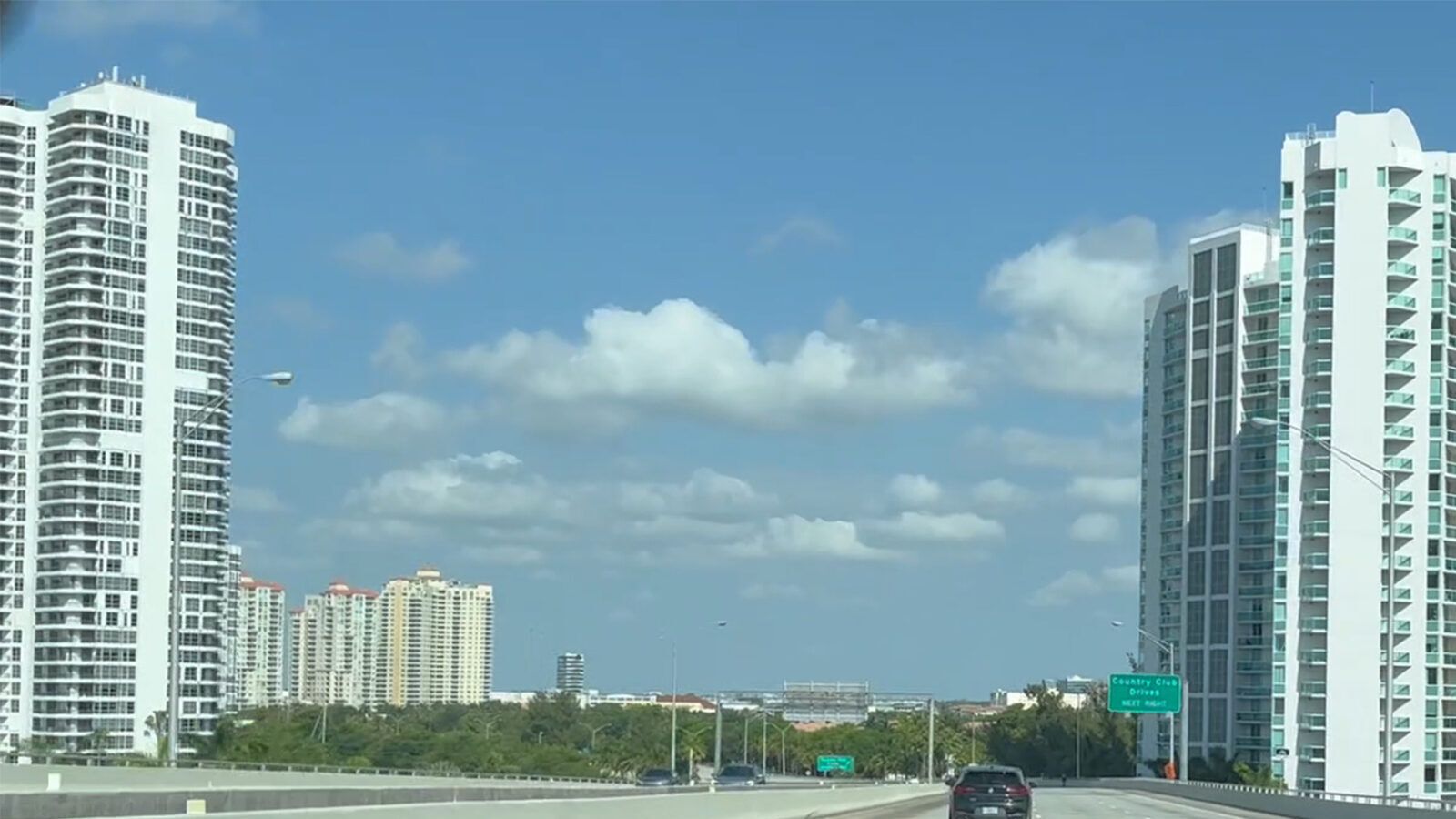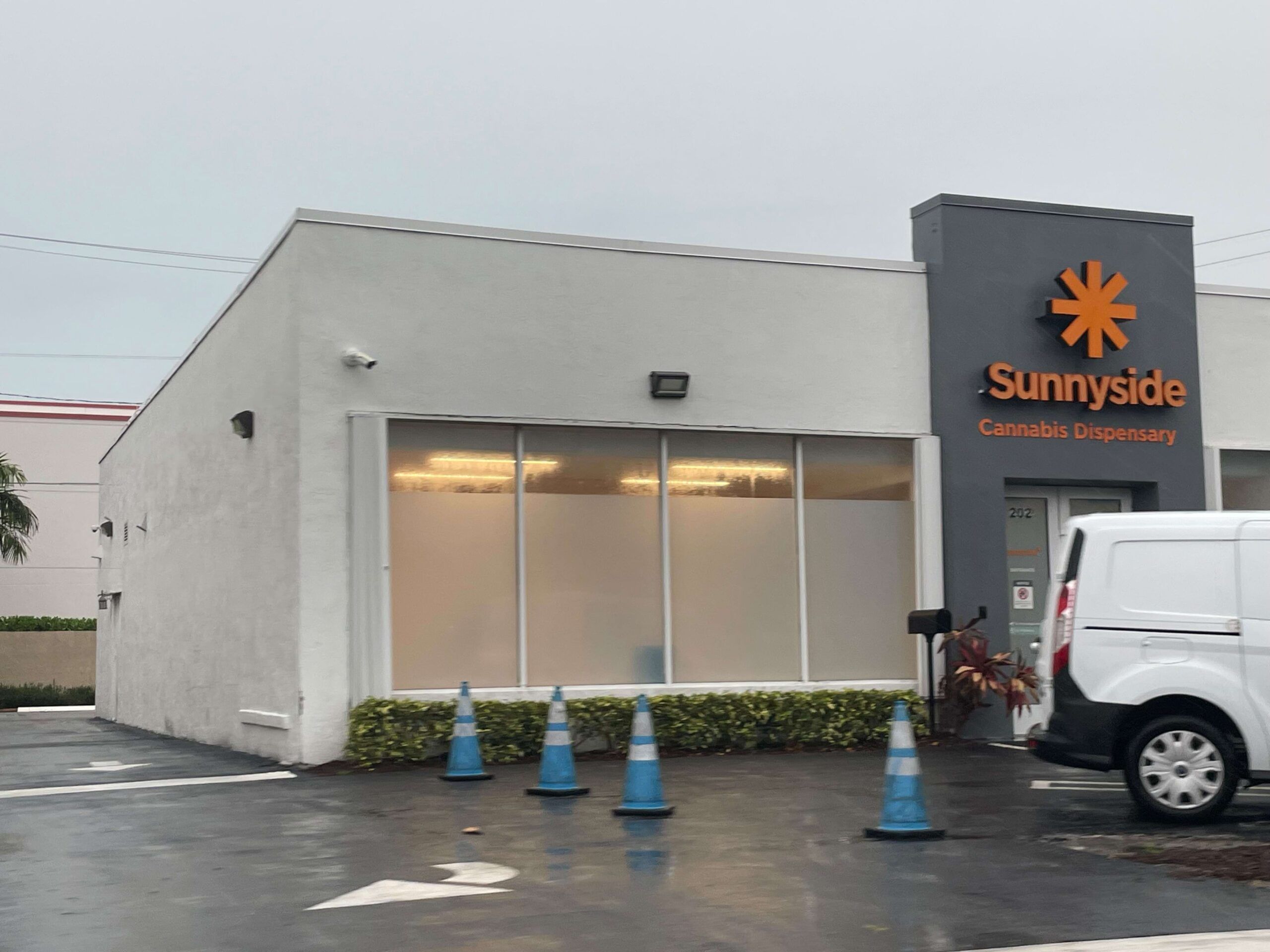A comprehensive study conducted by scientists from the University of Miami Rosenstiel School of Marine, Atmospheric, and Earth Science, along with collaborators, has revealed concerning levels of subsidence affecting 35 buildings along the Miami Beach to Sunny Isles Beach coastline. This phenomenon, where the ground sinks or settles, poses significant implications for structural integrity in a region already vulnerable to environmental changes.
Key Findings
The study, published on December 13, 2024, in the open-access journal Earth and Space Science by the American Geophysical Union, analyzed subsidence from 2016 to 2023. Using advanced satellite-based technology, researchers identified subsidence rates ranging from two to eight centimeters. The most severe effects were observed in Sunny Isles Beach, with lesser but notable occurrences in Surfside, Miami Beach, and Bal Harbour.
Subsidence Hotspots
- Sunny Isles Beach: Exhibited the highest levels of subsidence, likely due to its dense concentration of high-rise buildings.
- Surfside: Recorded moderate subsidence levels.
- Miami Beach: Two buildings experienced measurable sinking.
- Bal Harbour: One structure showed signs of subsidence.
Advanced Methodology
The study employed a technique known as Interferometric Synthetic Aperture Radar (InSAR), which leverages satellite imagery to measure ground displacement with millimeter-scale precision. Researchers utilized data from 222 SAR images captured by European Sentinel-1 satellites. These satellites, orbiting at an altitude of 700 kilometers, monitored “persistent radar scatterers” such as building balconies, rooftop air conditioning units, and boardwalks, which reflect radar signals back to the satellites for analysis.
This technology enabled scientists to create a detailed surface displacement time series, revealing subsidence trends over the seven-year period.
Causes of Subsidence
The study identified multiple factors contributing to subsidence along South Florida’s coastline:
- Natural Ground Settlement:
- Gradual reconfiguration of sand grains into denser packing within sandy layers interbedded in limestone, a common geological characteristic of the region.
- Construction Activity:
- Vibrations from construction and alterations in groundwater flow were hypothesized as key drivers of subsidence.
- Environmental Factors:
- Daily tidal flow, stormwater injection, and other hydrological processes may exacerbate the sinking.
Long-Term Implications
While newly constructed high-rises typically experience settlement during and shortly after construction, this study highlights that subsidence can persist for many years, raising questions about the durability of affected structures. “The discovery of the extent of subsidence hotspots along the South Florida coastline was unexpected,” lead author Farzaneh Aziz Zanjani noted. “The study underscores the need for ongoing monitoring and a deeper understanding of the long-term implications for these structures.”
Recommendations
To address the issue of subsidence and mitigate potential risks, researchers recommend:
- Enhanced Monitoring: Regular use of satellite-based techniques like InSAR to track displacement trends in vulnerable areas.
- Policy Updates: Stricter building codes and regulations that account for long-term subsidence risks.
- Public Awareness: Educating property owners and stakeholders about the importance of maintenance and monitoring.
Broader Context
Subsidence is not an isolated issue for South Florida. Rising sea levels, increased flooding, and the region’s porous limestone foundation compound the challenges faced by coastal communities. This study contributes to a growing body of research highlighting the need for adaptive strategies to enhance resilience in vulnerable urban areas.
Sources
- University of Miami Rosenstiel School of Marine, Atmospheric, and Earth Science (2024 Study)
- American Geophysical Union: Earth and Space Science Journal
- European Space Agency: Sentinel-1 Satellite Data



